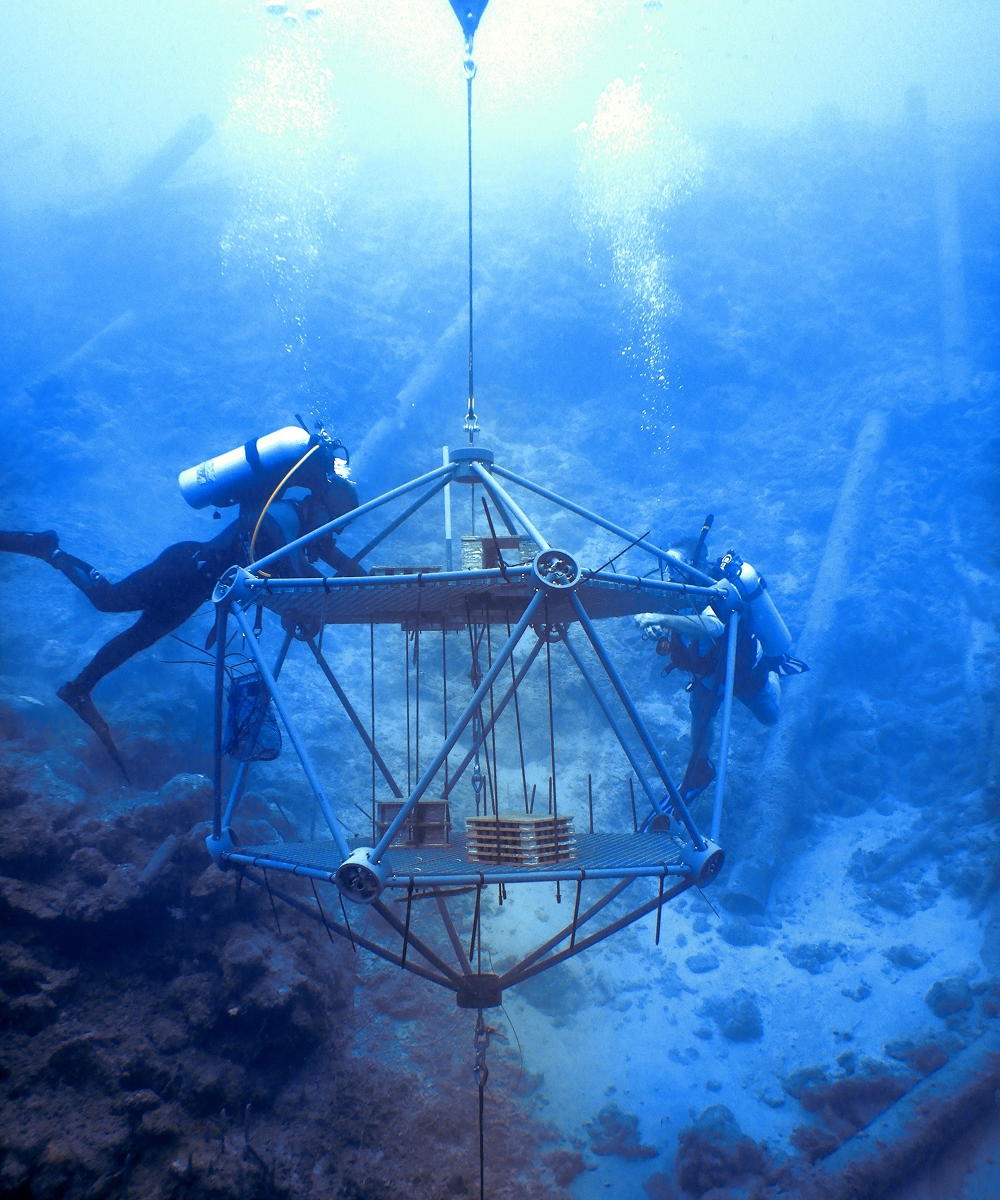Wind tunnel testing for hydrodynamic load characterization of icosahedron-shaped coral reef ARKs
Coral reefs play an important role in maintaining the balance of the marine ecosystem. They provide shelters to many marine species, protect coastlines from the damaging effects of waves and tropical storms, serve as a source of nitrogen and other essential nutrients for marine food chains and help in the process of their recycling. To promote the growth of coral reefs, an artificial structure named coral reef arks is being proposed. The arks, taking the shape of an icosahedron with a diameter of 3 meters, need to withstand ocean currents ranging from 0.5 to 2.0 m/s when deployed. To ensure the structural integrity during the arks design, wind tunnel force measurements for one solid and one hollow icosahedron models are conducted at free stream tunnel speeds of 27.2, 38.6 and 47.3 m/s, respectively, aiming to investigate the hydrodynamic characteristics of the structures. Based on the model diameter of 0.152m, the tunnel speeds give rise to corresponding Reynolds numbers of 0.26, 0.37 and0.45 million, which correspond to ocean current speeds of 0.10, 0.14 and 0.17 m/s, respectively. The test result shows that the drag force coefficient is reduced from 0.46 to 0.37 when the test model is changing from solid to hollow icosahedron shapes. Power spectrum analysis indicates that the dominant frequencies at Strouhal numbers of 0.24 and 0.50 for the solid icosahedron model are reduced to Strouhal numbers of 0.16 and 0.19 for the hollow icosahedron model. The “ping test” clarifies that these dominant Strouhal numbers are induced by the flow rather than the natural frequencies of the structure themselves.



.avif)
.avif)